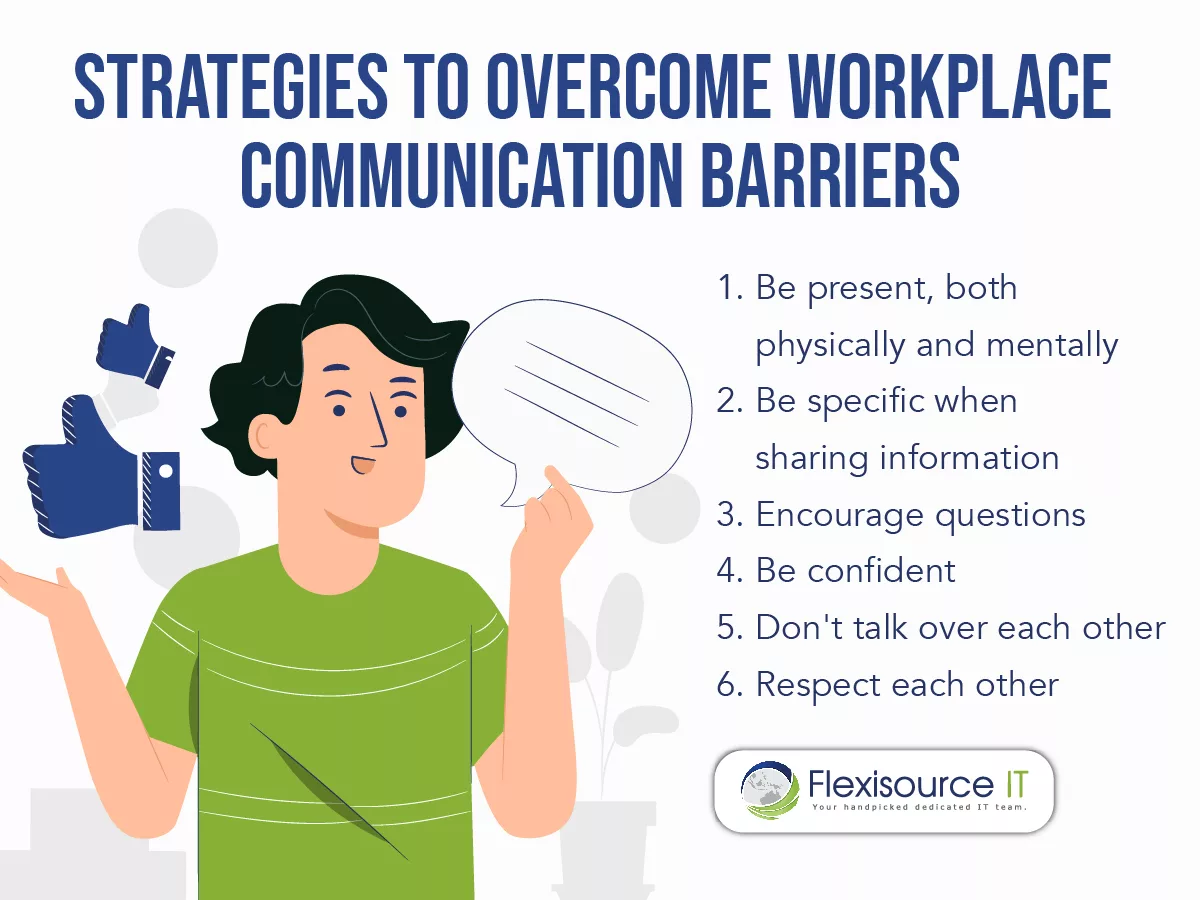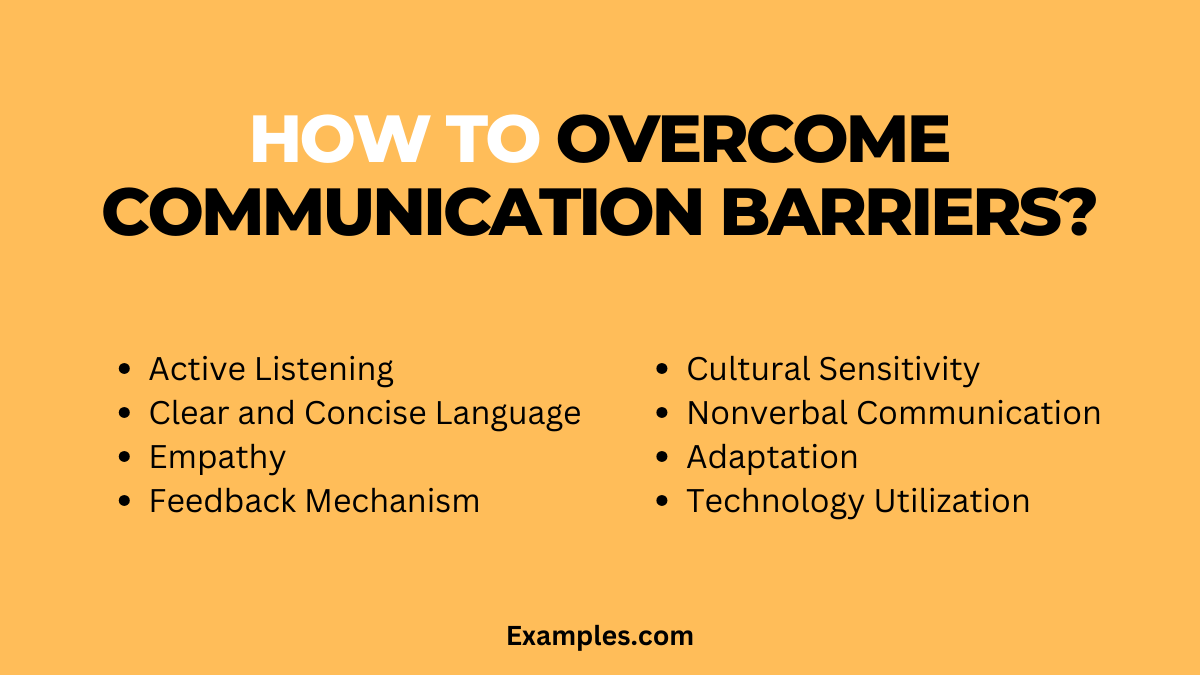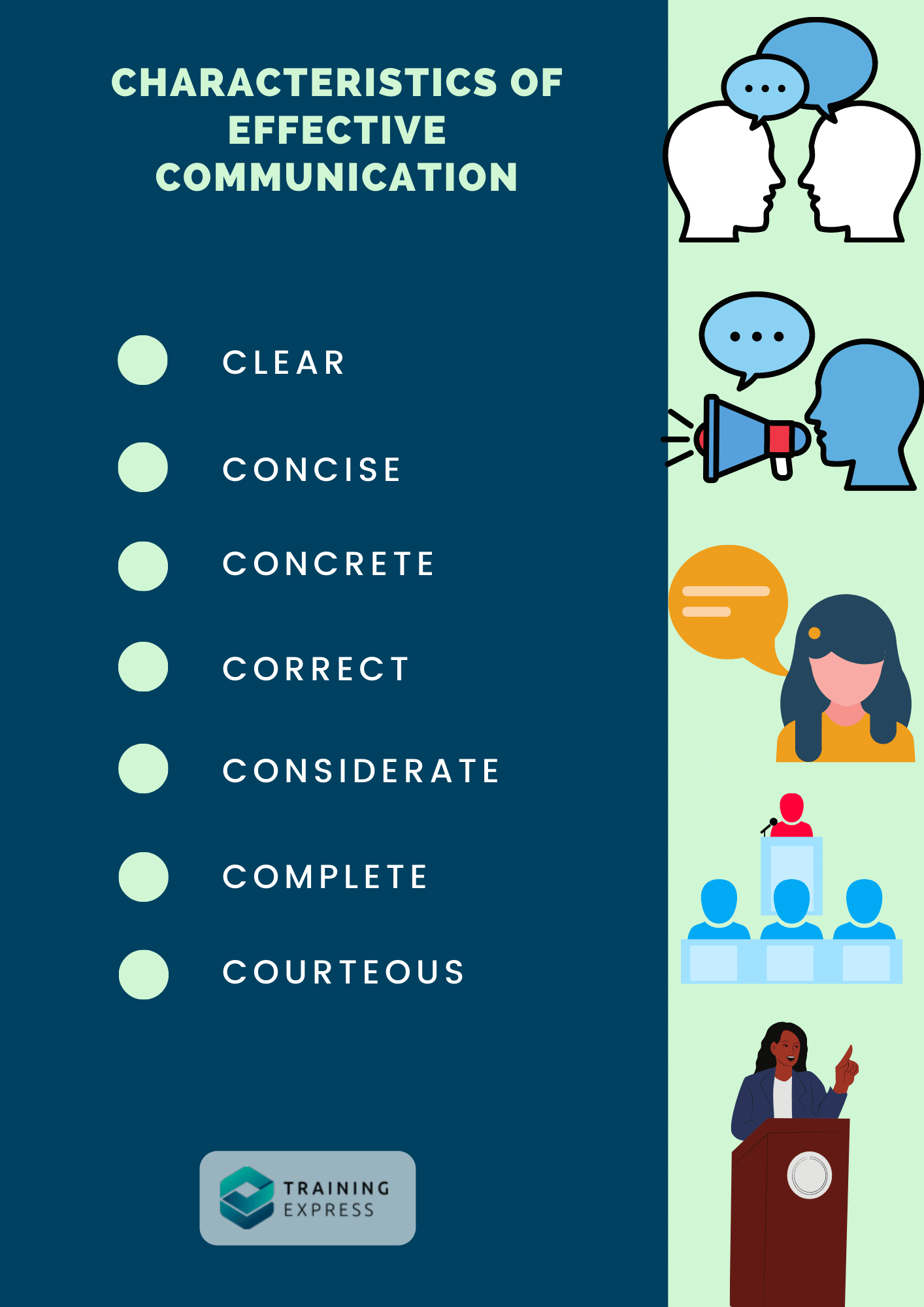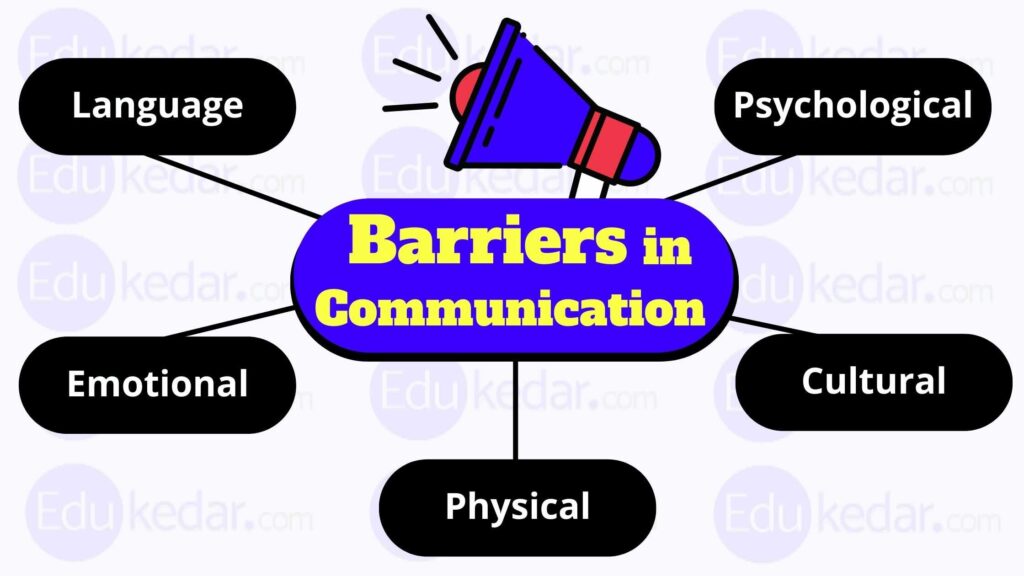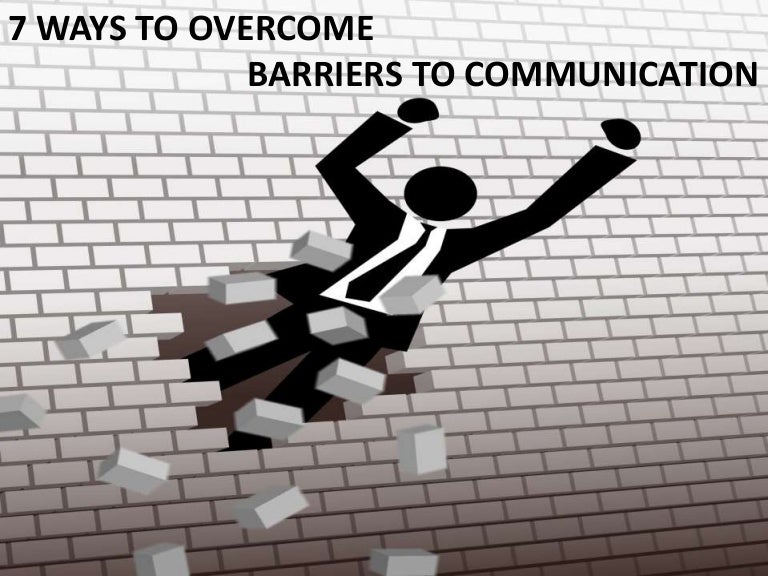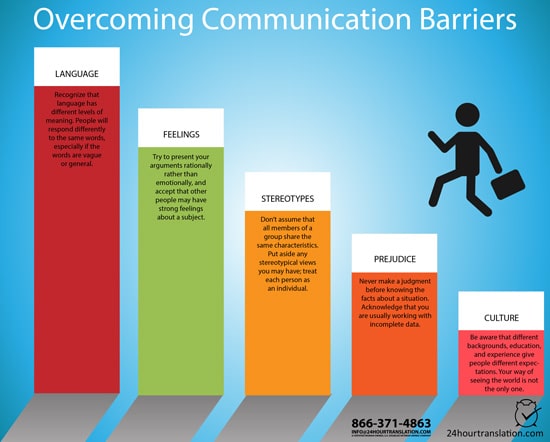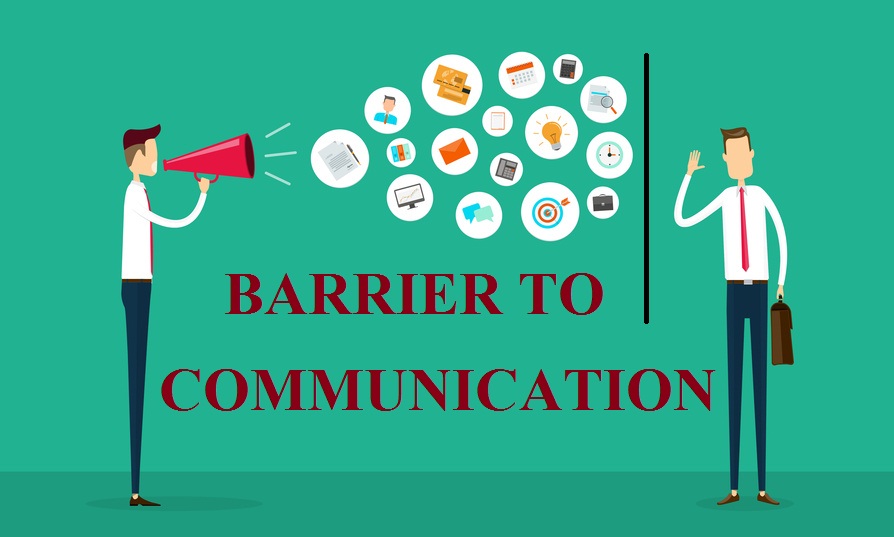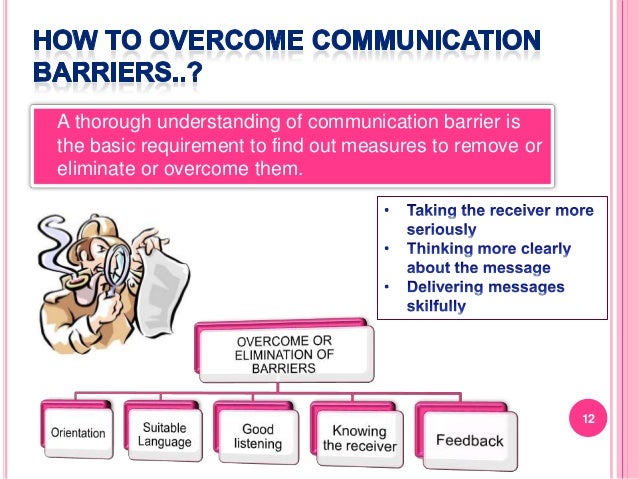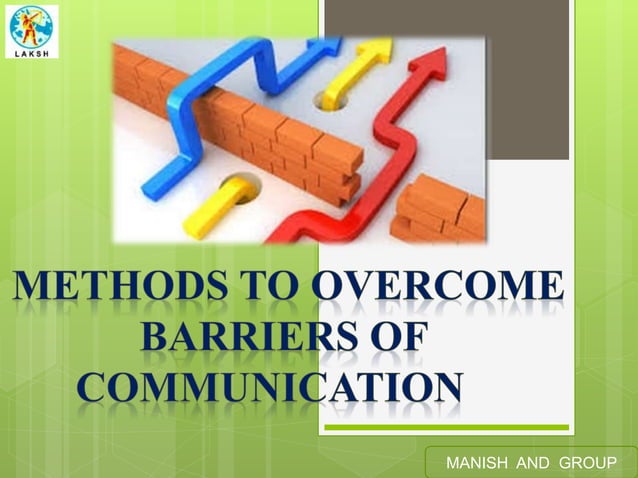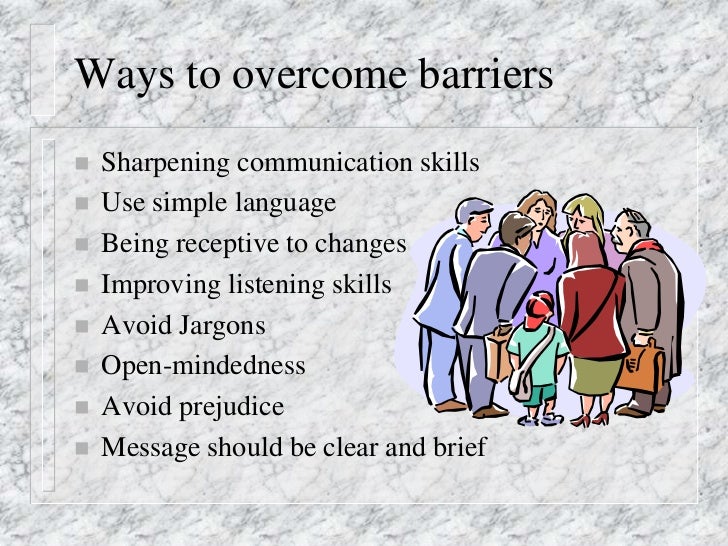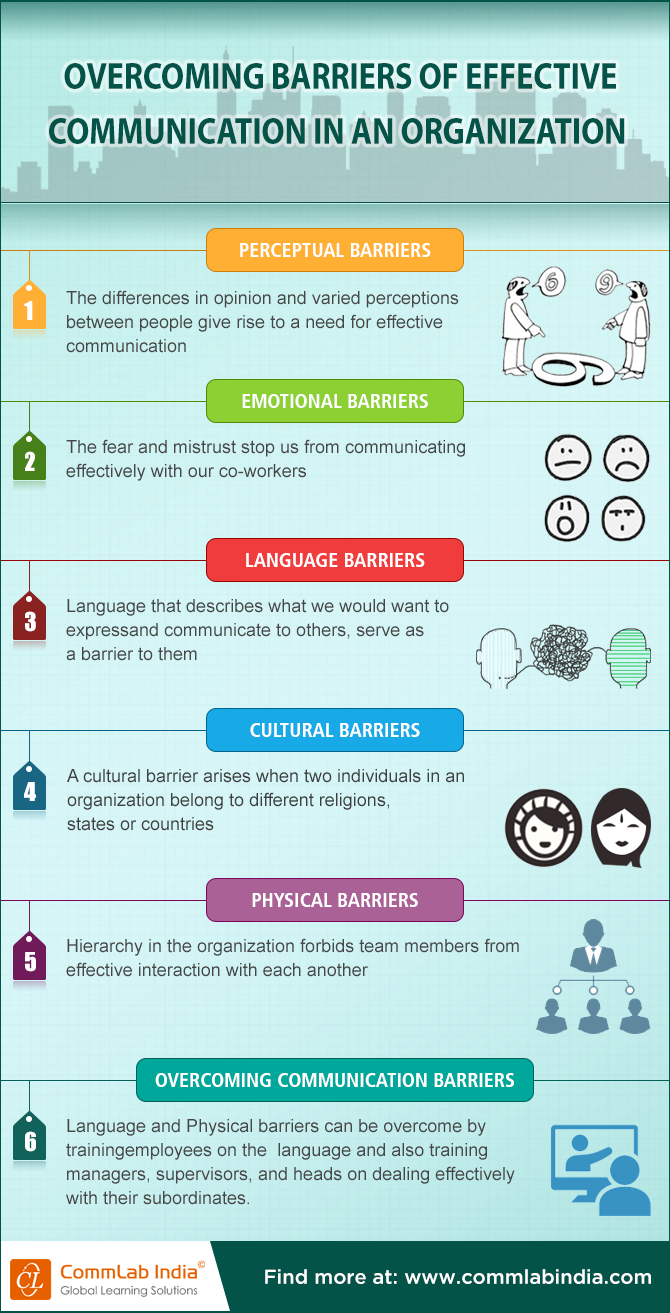Barriers Of Communication And How To Overcome It
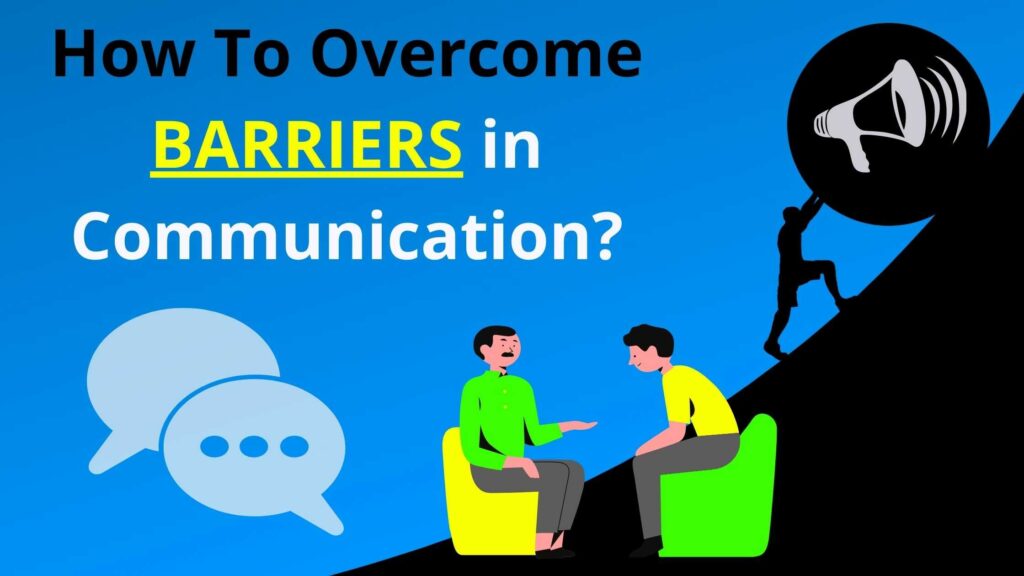
Communication breakdowns are crippling efficiency and innovation across sectors. Misunderstandings, lack of clarity, and technological glitches are causing delays and escalating costs, demanding immediate action.
The globalized world relies on seamless information flow. Yet, barriers to communication are creating chaos, undermining productivity, and jeopardizing projects. This necessitates a swift and decisive response to mitigate these detrimental effects.
Identifying the Walls: Key Barriers to Communication
Several factors contribute to this communication crisis. Language differences remain a significant obstacle, particularly in multinational corporations and international collaborations. According to a 2023 report by Global Business Communication, 40% of international projects fail due to miscommunication attributed to language barriers.
Technological failures are also a major source of frustration. Poor internet connectivity, incompatible software, and lack of training on communication platforms hinder effective interaction. A recent survey indicated that 60% of employees find that poor technology hinders their ability to communicate effectively.
Cultural differences in communication styles exacerbate these challenges. Direct communication, common in some cultures, can be perceived as rude in others. This discrepancy in norms can lead to misunderstandings and strained relationships. Diverse work environments are being challenged on how to implement strategies of communication for workers with different cultural background.
Overcoming the Obstacles: Strategies for Effective Communication
Addressing these barriers requires a multi-pronged approach. Investing in language training for employees is crucial. This ensures that team members can effectively communicate across linguistic divides.
Standardizing communication platforms and providing adequate training is essential. This will prevent technological glitches from disrupting information flow. Companies should also invest in reliable internet infrastructure to ensure consistent connectivity.
Promoting cultural sensitivity training can bridge communication gaps arising from cultural differences. This includes educating employees about diverse communication styles and encouraging empathy in cross-cultural interactions. According to the Harvard Business Review, companies that prioritize cultural sensitivity training experience a 25% increase in team collaboration.
Specific Examples and Solutions
In the healthcare sector, miscommunication between doctors and nurses can have dire consequences. Implementing standardized communication protocols, such as Situation-Background-Assessment-Recommendation (SBAR), can improve clarity and reduce errors.
In the construction industry, language barriers between workers can lead to safety hazards. Providing translated safety manuals and on-site interpreters can minimize risks and improve overall safety compliance. Data from the Occupational Safety and Health Administration (OSHA) suggests that language-based misunderstandings contribute to approximately 15% of workplace accidents.
For remote teams, establishing clear communication guidelines and utilizing collaboration tools can foster a sense of connection. Regular virtual meetings, instant messaging platforms, and project management software can improve team cohesion and productivity. Forbes reported that businesses implementing collaboration tools experience a 30% increase in productivity.
The Urgency of Action
Failure to address these communication barriers has significant repercussions. Project delays, increased costs, and damaged relationships are just a few of the potential consequences. Proactive measures are vital for businesses to remain competitive and innovative.
Immediate action is required to dismantle these communication walls. Organizations must prioritize communication training, technological upgrades, and cultural sensitivity programs. By doing so, they can foster a more collaborative, efficient, and productive work environment.
Ongoing monitoring and evaluation are essential to ensure the effectiveness of these strategies. Regularly assessing communication practices and adapting to evolving challenges will ensure continued success. The next step involves conducting organizational communication audits to identify specific areas for improvement and implement targeted solutions.
